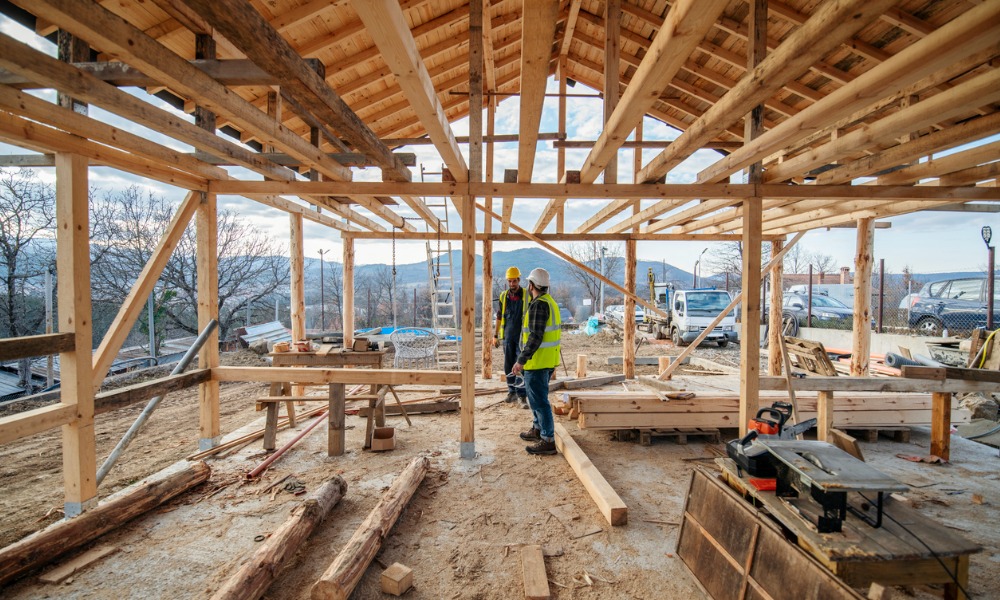Homebuilders say "yes" and offer a plan

The National Association of Home Builders (NAHB) has unveiled a 10-point plan to address the nation’s housing affordability challenges and is urging Congress to support these proposed policies.
The plan seeks to remove barriers that hinder home builders from increasing housing production, thereby providing better, more affordable housing opportunities for American households.
Speaking on behalf of NAHB during a House Small Business Committee hearing, Steve Martinez, a homebuilder from Boise, Idaho, emphasized the urgency of the housing crisis.
“Shelter inflation—rent and homeownership costs—is still rising well above a 5% rate driven largely by a nationwide shortage of 1.5 million housing units,” Martinez said. “The only way to tame inflation and bring housing costs down is to remove the barriers preventing home builders from increasing housing production.”
Martinez highlighted several factors contributing to the rising housing costs, including tighter financing conditions, limited land supply, permitting delays, and increasing fees.
“In today’s market, tighter lending conditions, a limited supply of land, permitting roadblocks and delays, and rising fees are all contributing to increased construction costs that make it increasingly difficult to boost the supply of housing,” he stated.
The NAHB’s 10-point plan addresses these issues through sensible policy solutions at all levels of government. Key points include reducing excessive regulations, fixing building material supply chains, overturning inefficient local zoning rules, and promoting careers in the skilled trades to address labor shortages in the construction industry.
Regulatory costs, which encompass compliance with building codes, account for nearly 25% of the cost of a single-family home and over 40% of the cost of a typical apartment development.
Martinez pointed out that recent regulatory changes, such as the Department of Housing and Urban Development (HUD) and the Department of Agriculture’s requirement for new single-family homes to be built to the 2021 International Energy Conservation Code (IECC), are exacerbating affordability issues.
“NAHB supports legislative efforts to ensure that all regulations are designed with small businesses in mind,” Martinez said. “Therefore, NAHB urges Congress to pass legislation such as the Small Business Regulatory Flexibility Improvement Act, which would require federal agencies to consider the direct and indirect economic effect of a rule on small businesses.”
To address supply chain issues and price volatility of building materials, Martinez called on Congress to invest in domestic production and reduce trade barriers for essential materials, including distribution transformers.
Read more: US lumber market chaos – why is the market slumping?
“The price of distribution transformers is up 72% since the start of the pandemic, and wait times for transformers often range from 12 to 24 months,” he noted.
“NAHB stands ready to work with members of this committee and the full Congress to achieve thoughtful, effective policies to increase the housing supply and make homeownership and renting more affordable.”
Stay updated with the freshest mortgage news. Get exclusive interviews, breaking news, and industry events in your inbox, and always be the first to know by subscribing to our FREE daily newsletter.



